Frequently Asked Questions
- What is the difference between Japenese and Chinese cuisine? Japanese food is usually light to the stomach. They are generally considered to be healthier than Chinese foods. It is because the latter makes use of too much grease in their food preparations along with the standard inclusion of carbohydrate foods rice and noodles. Nevertheless, Japanese food also includes some rice meals but perhaps not to the extent as of Chinese food. (Information provided by The Difference Between)
- What types of cuisine does China offer?
Due to the large and varied characteristics of China itself, a multitude of different regional and other (e.g. religious) styles can be identified in the larger complex of Chinese cuisine:
Regions of Mainland China Cuisine name derives from province or region except where indicated<
- Northwestern Chinese cuisine
- Mandarin cuisine
- Jiang-Huai cuisine
- Northeastern Chinese cuisine
- Cantonese cuisine (Guangdong province)
- Chiuchow cuisine (Chaozhou region, Guangdong)
- Hakka cuisine (Hakka ethnic group)
- Hunan cuisine
- Shanghai cuisine
- Sichuan cuisine
- Fujian cuisine
- Yunnan cuisine
- Hainan cuisine
Other regions- Hong Kong cuisine
- Macanese cuisine
- Taiwanese cuisine
- Nanyang Chinese cuisine (cuisine of the Nanyang region or Southeast Asia Chinese diaspora)
This information comes from Ibiblio.org. -
What are the types of Sushi?
There are many different kinds of sushi. The following are examples of some of the most popular.
- Maki Sushi = Makizushi is the most common form of sushi in the United States. This is also known as the sushi roll. It generally includes a vinegar rice and other ingredients like fish and vegetables, tightly rolled in nori, dried seaweed.
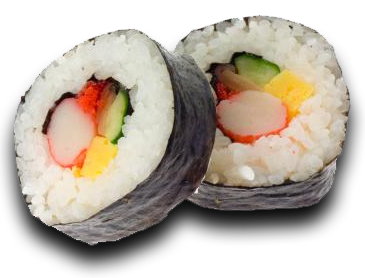
- Futomaki = This is the thick, fat roll of sushi that is usually cut into seven or eight pieces.
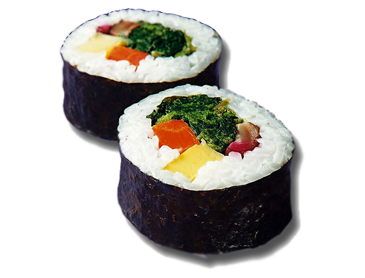
- Hosomaki = This is a thin sushi roll that usually only contains one type of filling.
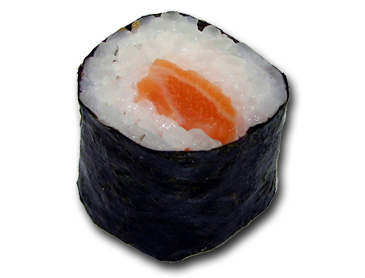
- Uramaki = This is a sushi roll where the fillings wrapped with nori are on the inside and the rice is on the outside surrounding the nori.
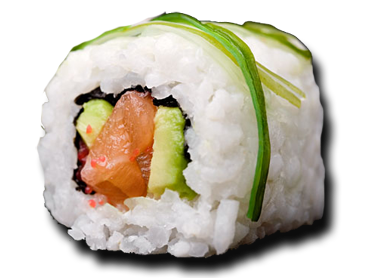
- Nigiri Sushi = Nigirizushi is an oblong shape of vinegar rice often forms in the hands with a bit of wasabi, topped with a slice of raw or cooked fish / vegetables. When it is served with loose or slippery toppings, like fish roe, a strip of nori is wrapped around the nigiri and it is called gunkan.
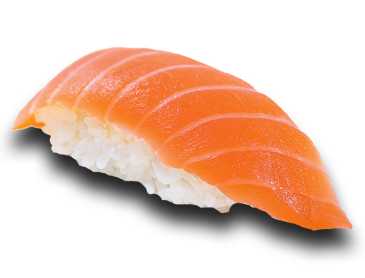
This information comes from the Food Service Warehouse website. To view the full article, please click here. - Maki Sushi = Makizushi is the most common form of sushi in the United States. This is also known as the sushi roll. It generally includes a vinegar rice and other ingredients like fish and vegetables, tightly rolled in nori, dried seaweed.
- What is the difference between Sushi and Sashimi? Sushi is usually raw fish or other meat served over a bed of vinegared rice, while sashimi is simply a piece of raw fish or meat without any rice.
- Is Sushi fish a different kind of fish? Yes. Sushi grade fish is used for several reasons. First, sushi grade fish has had the pinbones removed. Secondly, sushi grade fish should be fresher because you will more than likely be eating it raw.
